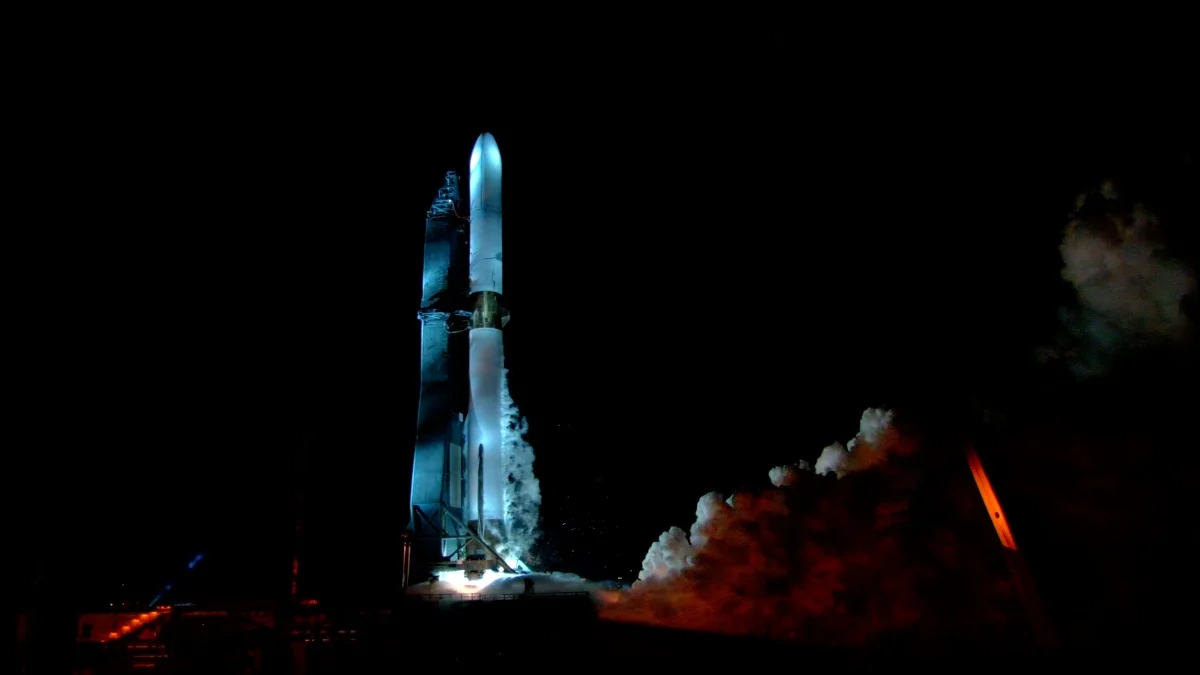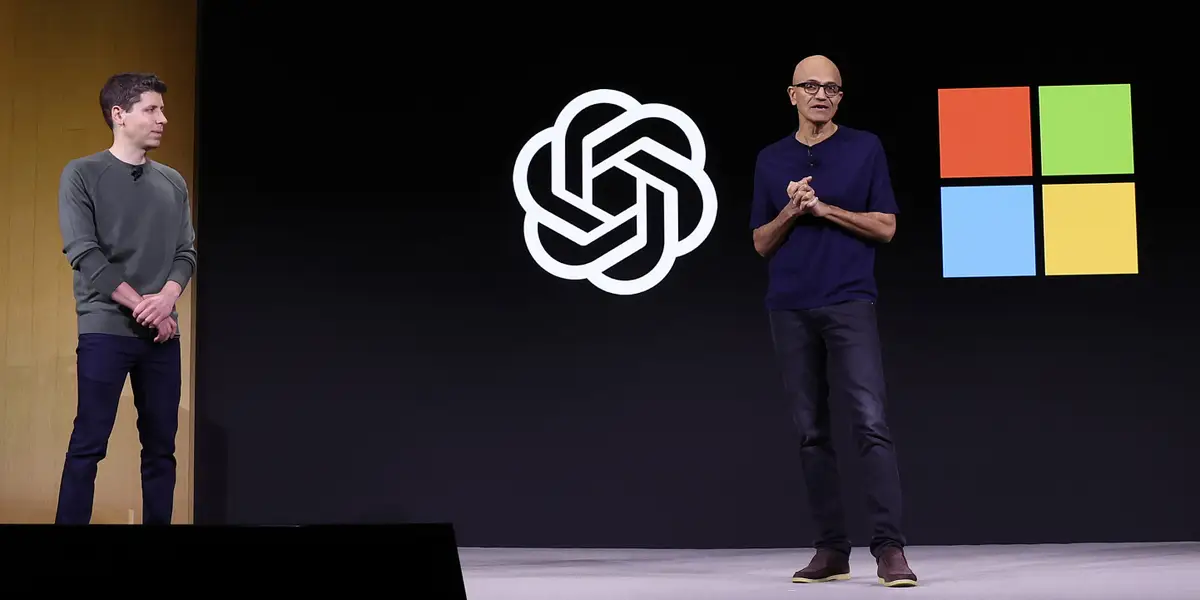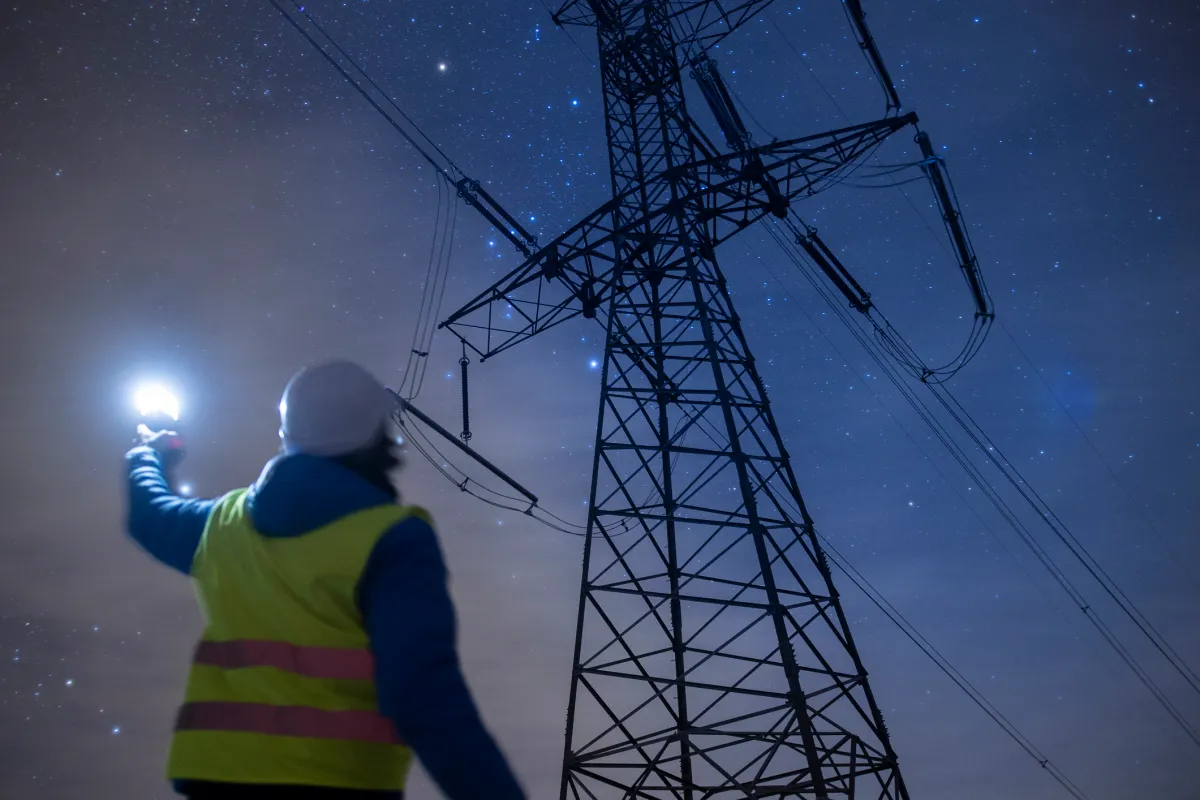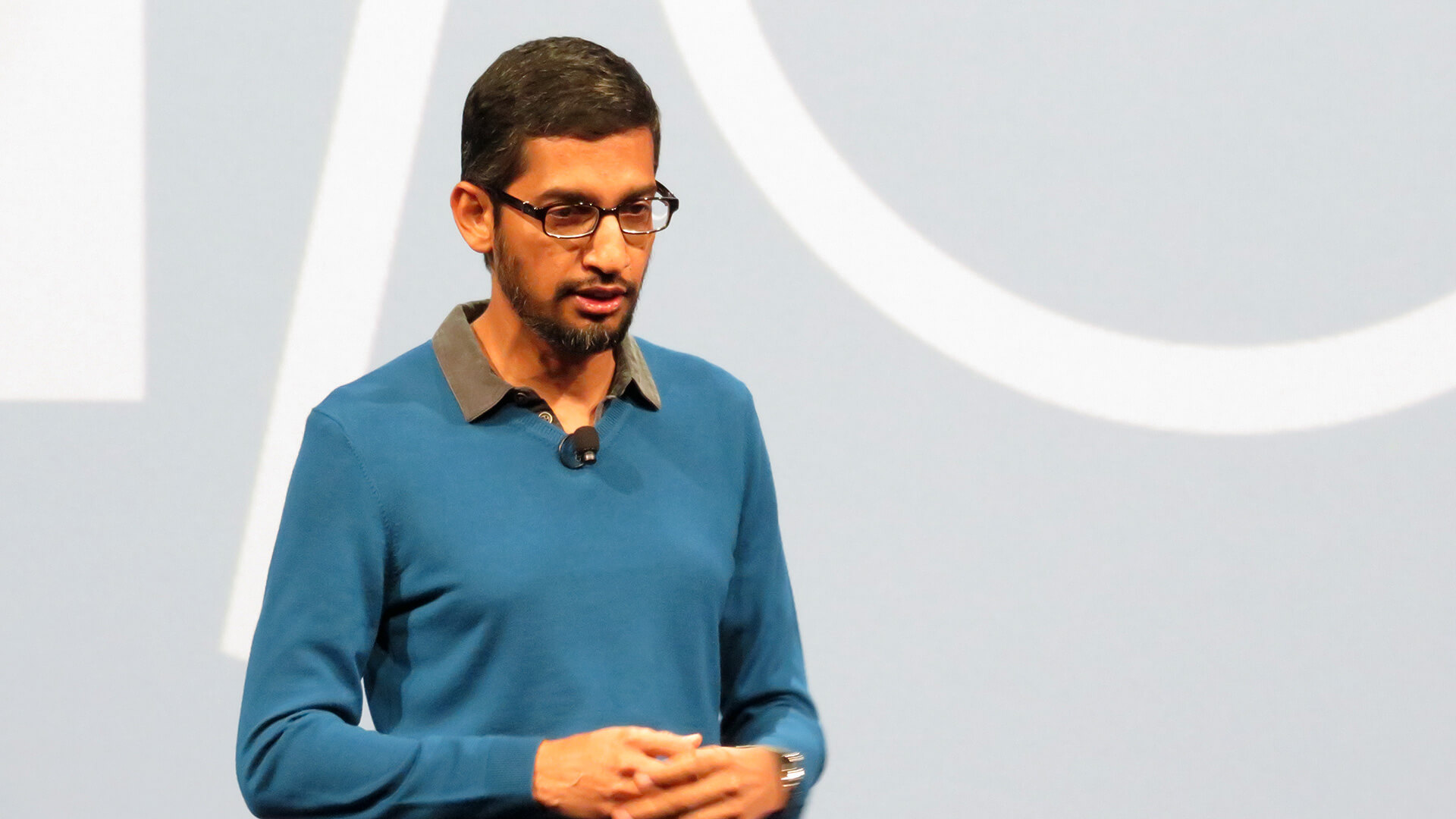Aida Daily: New Glenn's January Launch / AGI's $100B Ambitions / AI Data Centers Strain US Grid
Aida Daily
Hello there, space cadets and AI enthusiasts! Blue Origin is gearing up for a rocket debut, while OpenAI is eyeing a $100B payday. Meanwhile, AI is guzzling grid power like a thirsty rocket.
Blue Origin’s New Glenn Gears Up for January Debut

Blue Origin successfully hot-fired its New Glenn rocket on December 27, 2024, igniting seven BE-4 engines for 24 thrilling seconds. With a towering 321 feet and a hefty 45,000 kg payload capacity, New Glenn is set to launch as early as January 6, 2025. Securing a five-year FAA license, Jeff Bezos’ team is ready to tackle NASA missions and Amazon’s Project Kuiper. Mars dreams are on hold until spring 2025, proving even rockets need to play it cool.
AGI's $100B Price Tag: OpenAI & Microsoft Set Ambitious Goals

OpenAI and Microsoft have humorously redefined AGI as a profit-maker churning out $100 billion, a target that’s as lofty as it is lucrative. With OpenAI expecting a $5 billion loss in 2024 and contemplating a shift to a Public Benefit Corporation, the road to AGI remains rocky. CEO Sam Altman remains optimistic, suggesting AGI might arrive sooner than feared, while Microsoft diversifies its AI ventures, possibly keeping AGI aspirations under wraps for now.
AI Data Centers Causing Grid Jitters Across US

A Bloomberg report reveals AI data centers are putting the US power grid on edge, affecting 3.7 million households near these tech hubs. Over 75% of power distortions occur within 20 miles of major data centers like those in Northern Virginia’s “Data Center Alley” and Chicago. Each center can gulp up to 20 MW—enough to run 10,000 ACs! Experts warn that without grid upgrades, appliance fires and outages could become more common. While utility companies play down the issue, the surge in AI demand eyes 2030’s projected 9% electricity consumption.
Cambricon Takes Off: China's AI Chip Star Shines Brightly in 2024
![]()
Cambricon Technologies has defied gravity in 2024, with its shares soaring 383% and securing a $37 billion market cap. As China ramps up its AI self-sufficiency push, Cambricon's inclusion in the Shanghai Stock Exchange 50 Index highlights its rising star.
Fueled by a $49 billion government fund and US trade restrictions, the AI chip maestro challenges giants like Nvidia. Despite a slight revenue dip, investor confidence remains sky-high, ensuring Cambricon keeps buzzing in the AI hive.
Ibiden Accelerates Chip Substrate Production to Tame AI Demand

Ibiden Co. is cranking up production to keep pace with AI's insatiable appetite. CEO Koji Kawashima announced plans to boost capacity beyond the new Japan factory, backed by a 40.5 billion yen government subsidy for high-performance substrates. With IC board sales for generative AI set to triple in FY2024, Ibiden holds over 50% market share and powers Nvidia's GPUs via TSMC. Despite Intel stepping back, Ibiden’s joining the TSMC 3DFabric Alliance keeps them optimistic and ahead in the semiconductor race.
Shifty SAA Splits: NASA Keeps a Close Eye

The South Atlantic Anomaly (SAA), Earth’s magnetic mischief maker between South America and southwest Africa, is splitting into two distinct regions in 2024. This westward drift threatens satellites, echoing past hiccups like Hitomi’s star tracker fiasco. NASA, using ICON and CubeSats, monitors the anomaly’s antics while boosting spacecraft shielding. As the SAA continues its millennia-long dance, scientists ponder its next magnetic move. Who knew Earth’s magnetism could keep us so on our toes?
OpenAI's o3 Achieves Human-Level on ARC-AGI Benchmark

OpenAI’s shiny new model, o3, scored an impressive 85% on the ARC-AGI benchmark as of December 2024, matching human averages and smashing the old AI record of 55%. This leap showcases o3’s knack for learning from scant examples, a big step toward AGI. However, with costs soaring from $17 to thousands per task, wallets might not cheer. François Chollet tempers the excitement, reminding us AGI remains elusive. The AI community buzzes with a mix of awe and cautious optimism.
Google's AI Sprint to 2025: Gemini 2.0 Takes Center Stage

Google CEO Sundar Pichai declared 2025 as the make-or-break year for AI, spotlighting the Gemini 2.0 model as their primary weapon against OpenAI's ChatGPT dominance. Pichai stressed the need for agility and user-centric innovations, acknowledging the tougher AI landscape with diminishing low-hanging fruit.
Amid regulatory hurdles, Google aims to revolutionize search with AI-driven summaries and multimodal capabilities. Will Gemini 2.0 steer Google past the competition? Time will tell.
Azerbaijan Champions Trustworthy AI with New Standards

As 2024 wraps up, Azerbaijan's Institute of Standardization unveils AZS ISO/IEC TR 24028:2024 and TR 24372:2024, setting new benchmarks for AI trustworthiness and computational methods. These standards aim to harmonize AI operations across platforms, addressing data quality, privacy, and algorithm transparency. Aligning with global initiatives, Azerbaijan is positioning itself at the forefront of reliable AI innovation. With AI projected to boost global GDP by $13 trillion by 2030, this move is both sensible and forward-thinking—proving that good regulations can indeed be cool.
Naujienlaiškis „Aida Daily“
Your AI-curated daily news briefing, spotlighting the latest in technology and global development. Stay informed with insights that matter.